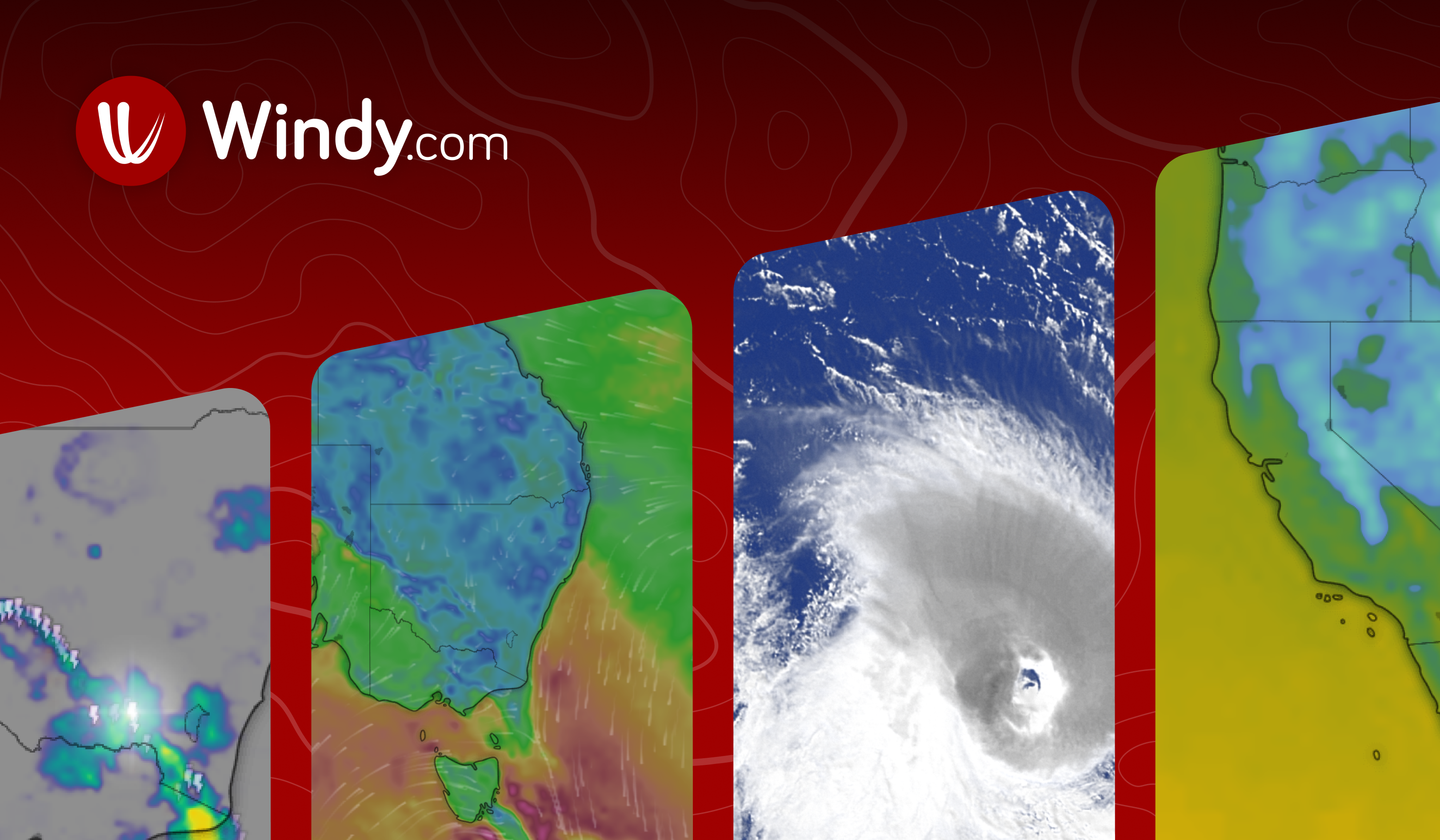Polar Bear Population by Country 2024
Globally, there are 19 recognized populations of polar bears in the Arctic, with an estimated 22,000 to 31,000 individual polar bears living in the wild. In addition, approximately 300 polar bears are held in captivity. However, the world's population of polar bears is on a decline, and some scientists fear they could become extinct by 2100. To protect these majestic creatures, the Endangered Species Act and Marine Mammal Protection Act prohibit harassing, hunting, capturing, or killing polar bears.
A significant portion of the polar bear population resides in
Canada, where two-thirds of all polar bears live. About 16,000 polar bears are spread across 13 provinces and territories, including Yukon, Northwest Territories, Nunavut, Northern Manitoba, Ontario, Quebec, Newfoundland, and Labrador. Notably, Churchill, Manitoba, is known as the polar bear capital of the world due to its high concentration of these animals.
In the
United States,
Alaska is the only state with a polar bear population, estimated to be between 4,000 and 7,000 individuals. The polar bears in
Alaska are primarily divided into two subpopulations: those in the Chukchi Sea, or Alaska-Chukotka, and the Southern Beaufort Sea.
Russia is home to an estimated 26,000 polar bears, living on islands and the mainland coast.
Wrangel Island, a UNESCO-protected nature reserve in Russia, is often referred to as a polar bear maternity ward. Additional polar bear populations in Russia are found in the Barents Sea region, Svalbard, Novaya Zemlya, and the Far East Village.
Greenland's fjords and glacial ice are also home to polar bears, though they are elusive and rarely seen. It's estimated that around 4,400 polar bears inhabit Greenland, with two protected areas, Melville Bay and Greenland National Park, supporting polar bear populations.
The Svalbard archipelago in
Norway is another prime location for spotting polar bears, with an estimated population of around 3,000. Despite their remote habitats, polar bear encounters can sometimes be dangerous. Since the 1970s, there have been six recorded human fatalities due to polar bear attacks.
Most polar bears in captivity are found in zoos, aquariums, and parks across
Europe,
North America, and
Asia, contributing to conservation and education efforts about these iconic Arctic inhabitants.














 ), it is 27,400-30,400 which is closer.
), it is 27,400-30,400 which is closer.

